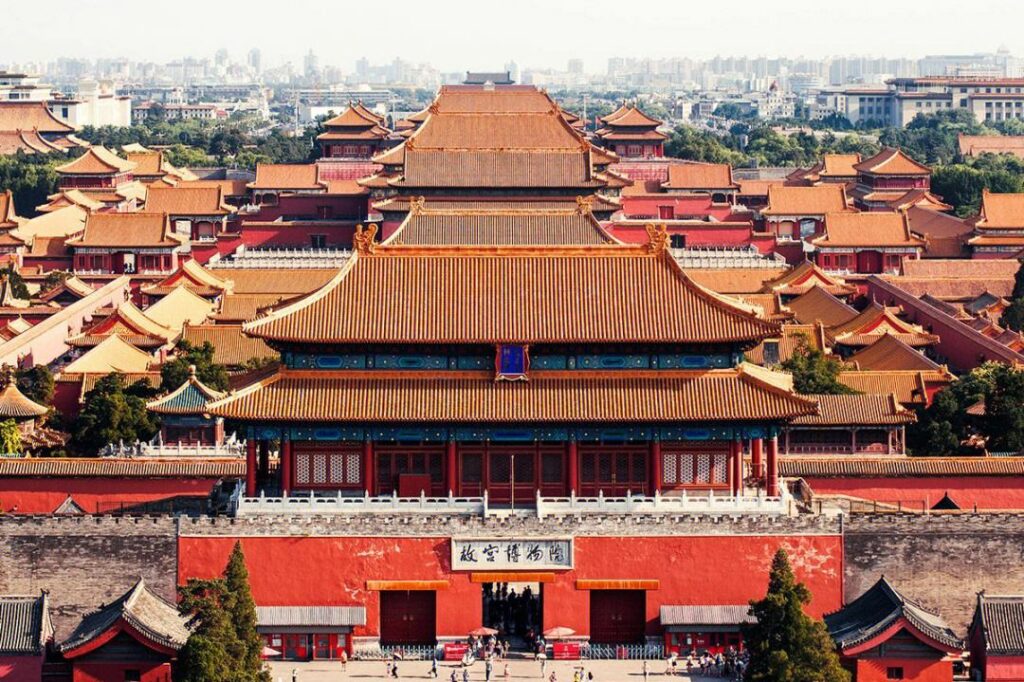
Introduction
Located in the Forbidden City in the center of Beijing, China, the Palace Museum is a museum of great scale, rich collections and cultural value. It was originally the imperial palace of the Ming and Qing dynasties, the palace and political center of the ancient Chinese emperors, and one of the most representative of Chinese court culture and art. The Palace Museum is now a national key cultural relics protection unit and one of the most famous museums in China.
The complex of the Palace Museum is divided into two parts, the first three halls and the second three halls. The first three halls are Ming Dynasty buildings, including the Taihe Hall, the Zhonghe Hall and the Baohe Hall, where the emperor held important official ceremonies and met with foreign guests. The last three halls are the Qing Dynasty buildings, including Qianqing Palace, Jiaotai Palace and Kunning Palace, where the emperor lived and handled government affairs. The entire complex, which faces north and south, covers an area of 720,000 square meters and has a large number of precious cultural relics and works of art.
The collection of the Palace Museum is rich and diverse, including ceramics, paintings, calligraphy, jade, jewelry, artifacts, bronze, bamboo, wood, tooth and horn, ancient books, and hundreds of thousands of other cultural relics, including world-class cultural relics and national treasures, such as the “Qianlong Imperial” enameled bird and flower dish from the Qing Dynasty, the “Qingming Shanghe Tu” from the Song Dynasty, the Tang Dynasty Jade lions, etc.
The National Palace Museum attracts millions of visitors each year and is an important venue for the display of ancient Chinese culture and art. It is also a center for the conservation of Chinese cultural relics, and the museum has carried out a great deal of conservation and restoration work in recent years, leaving an important cultural heritage for future generations.
(Wikipedia, 2023)